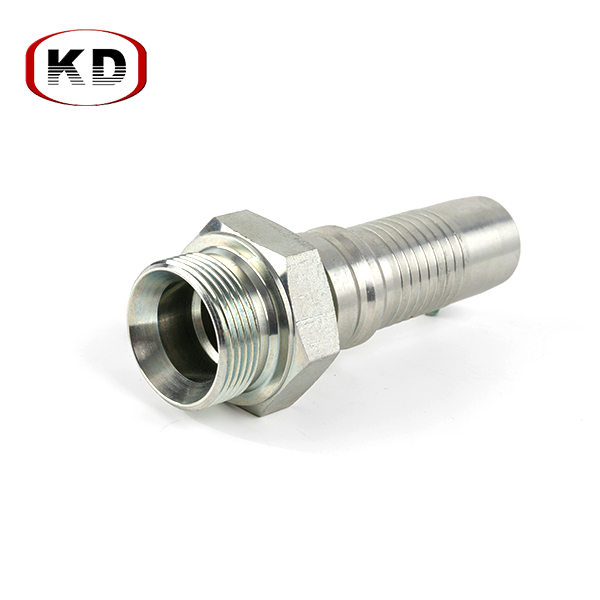Many years of foreign trade experience.
Strong production capacity, and massive stock to make sure the delivery time.
ISO quality process to make sure every piece qualifies.
One-to-one service, OEM service, provides alternative efficient solutions.

 By Admin
By Admin
To correctly install standard hose fittings and avoid leaks while ensuring safe connections, start by selecting the appropriate fittings that match the size, type, and material of the hose and are suitable for the specific application. Ensuring compatibility with the fluid or gas being conveyed is crucial. Before proceeding with installation, carefully inspect both the hose and fittings for any signs of damage such as cracks or deformation. Replace any damaged components to prevent potential issues.
Next, clean the mating surfaces of both the hose and fittings thoroughly, removing any debris, dirt, or old sealant. This step is essential for creating a proper seal and avoiding contamination. Use the appropriate tools for tightening the fittings. Employing the correct tools prevents damage from over-tightening and ensures the fittings are secure without being excessively tightened.
If dealing with threaded fittings, apply thread sealant tape or paste, making sure it is suitable for the fluid being transported and does not clog the fitting. Apply sealant sparingly to avoid issues. Before tightening, align the hose and fitting correctly. Misalignment can cause stress on the connection, potentially bring to leaks or damage. Tighten the fittings securely according to the recommended torque specifications provided by the manufacturer. Proper tightening is essential to create a strong seal without compromising the integrity of the components.
After installation, test the connection by running the fluid or gas through the hose, and check for any signs of leaks around the fittings. If leaks are detected, recheck the installation and adjust the tightness as needed. Ensure proper support for the hose and fittings to minimize stress on the connections. Utilize hose clamps or brackets to prevent movement or strain, which can impact the connection's integrity.
Regular inspection and maintenance of the fittings and hoses are crucial. Periodically check for signs of wear or damage and replace or repair components as necessary to maintain a secure and leak-free system. Lastly, always follow the our guidelines and recommendations for installation and maintenance to ensure compatibility and safety. Adhering to these guidelines will help ensure that the hose fittings are installed correctly, providing a reliable and leak-free connection.
BSP Male 60°Seal Waterproof High-strength Interlock Fittings
